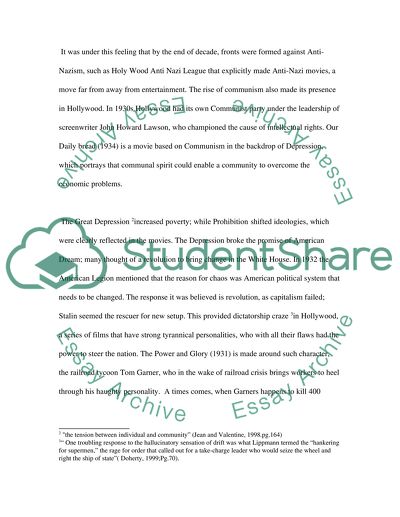Cite this document
(“The social and political films of the 1930s Essay”, n.d.)
Retrieved from https://studentshare.org/history/1526744-the-social-and-political-films-of-the-1930s
Retrieved from https://studentshare.org/history/1526744-the-social-and-political-films-of-the-1930s
(The Social and Political Films of the 1930s Essay)
https://studentshare.org/history/1526744-the-social-and-political-films-of-the-1930s.
https://studentshare.org/history/1526744-the-social-and-political-films-of-the-1930s.
“The Social and Political Films of the 1930s Essay”, n.d. https://studentshare.org/history/1526744-the-social-and-political-films-of-the-1930s.


